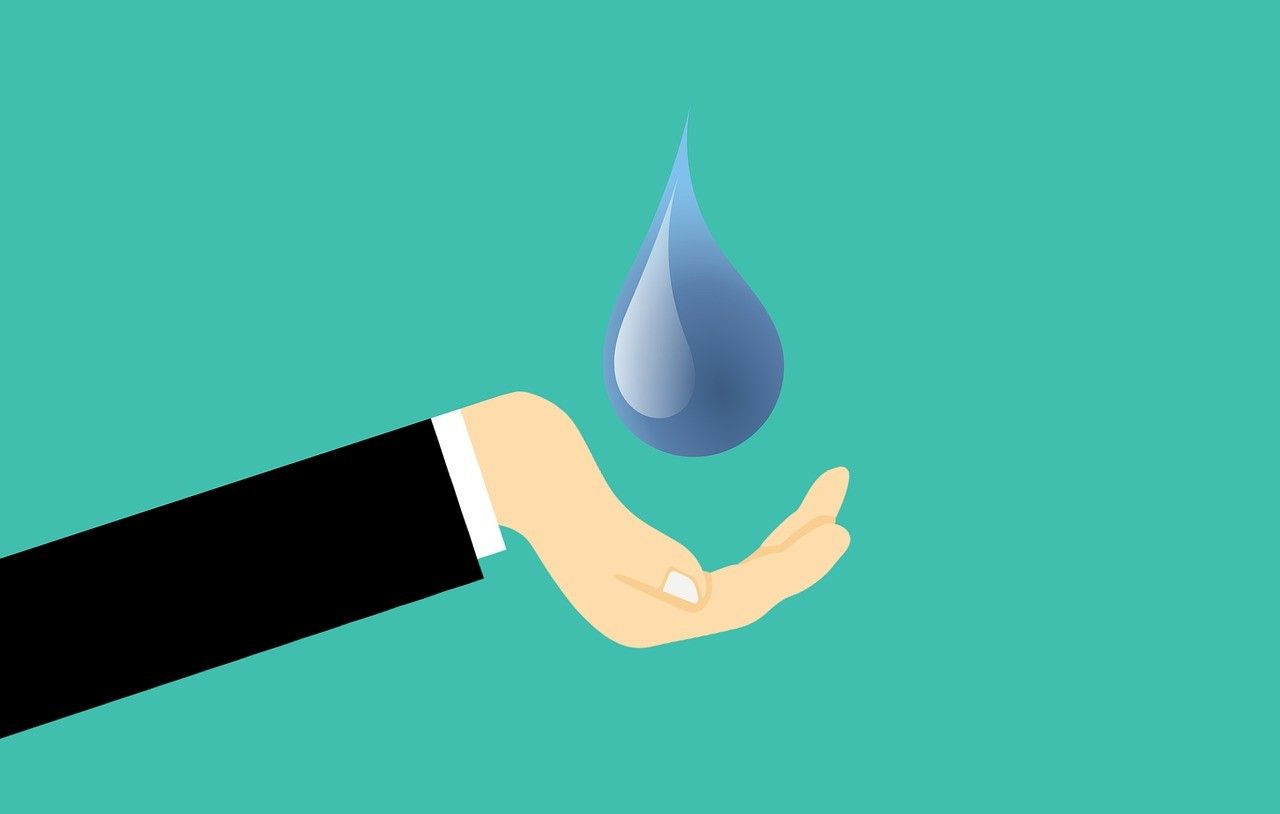The sweltering summer months in Texas can be insufferable. Texas has faced severe drought over the last few years, making water conservation an essential piece of the 2017 State Water Plan. While we can’t change the weather, there are simple actions we can take to cut back on water usage.
Simple Ways to Use Less Water
The average family in America uses more than 300 gallons of water per day for indoor and outdoor needs. You don’t have to replace appliances or fixtures to save water and money. Here are simple actions everyone can take:
- Sweep driveways and sidewalks of grass clippings or debris, as opposed to hosing them off. Bag the debris for pickup, preventing it from washing into storm drains and causing clogs.
- Use a pool cover to reduce evaporation.
- Wash your car with water from a bucket or use a commercial car wash that recycles water.
- Take shorter showers. Showering accounts for nearly 17% of indoor water use. Get a shower timer for your kids and make it into a game. Five minutes or less of running water is a good goal.
- Turn off the tap when shaving or brushing your teeth to save up to 2,400 gallons of water a year. Order a free Take Care of Texas mirror cling to remind your family to turn off the tap.
- Wash only full loads of laundry, which can save an average household more than 3,400 gallons of water each year.
- Use the dishwasher only when you have a full load, which is more efficient than handwashing dishes. If you must hand-wash dishes, plug the sink to reuse water. Scrape food from dirty dishes and cookware into the trash, rather than rinsing them down the drain or disposal.
Summer Irrigation
Billions of gallons of water are wasted daily from inefficient landscape watering, especially during summer. The key to watering lawns is to apply water infrequently, yet thoroughly.* Watering too little can also waste water because it does little to alleviate stress on grass from drought. Watering too heavily or too often can weaken your lawn, waste water, and carry soil, fertilizers, and pesticides into water ways and treatment facilities.
*When watering, always comply with your water system’s restrictions and local watering rules and restrictions.
Four Tips for Efficient Yard Watering
- Water before 10 a.m. to save water from evaporation. Watering in the evening can make your lawn and plants more prone to disease.
- A general rule is to water up to 1 inch, once a week, as needed. Monitor the grass to know when to water. At the first sign of wilting, you have 24 to 48 hours to water before damage occurs. (Use an empty 6-ounce tuna can on your lawn as a watering gauge, and stop watering when it is full.)
- Evaluate and maintain your irrigation system, or conduct a “sprinkler spruce-up.” Is your system using water-efficient timing and technology? Does it have any leaks or clogs? Are you watering your yard and the street? Could a drip irrigation system meet your needs? Keep an eye on your system and make working adjustments. (Here are irrigation preparation videos for Spring and Winter.)
- Rainwater harvesting is becoming popular again for environmental and economic reasons. You can easily install and start collecting rainwater with a rain barrel, or use a more complex system. Every little bit of rain during summer can be harvested and used, or you can prepare a system to collect water for next summer.
Learn more about saving water while maintaining yard health in our Take Care of Texas Guide to Yard Care (PDF download) or from Texas A&M AgriLife Extension’s Earth-Kind Landscaping. For more information on rainwater harvesting and instructions on how to build your own rain barrel, check out this video on Building a Rain Barrel. For more detailed information on large and small rainwater systems, download the Take Care of Texas guide Rainwater Harvesting (PDF download).
More on water conservation
If you’re interested in water conservation or water quality, Take Care of Texas offers more information on our website. We offer free educational publications and information for Texans of all ages to understand how they can do their part for the state. Below are some additional resources for more information:
- Take Care of Texas Water Conservation Tips
- Take Care of Texas Make a Difference Impact Calculator
- TCEQ Water Conservation
- EPA Watersense – When it’s hot outside
- Texas Water Development Board
Blog Post Written by Taylor Nelson, TCEQ.

